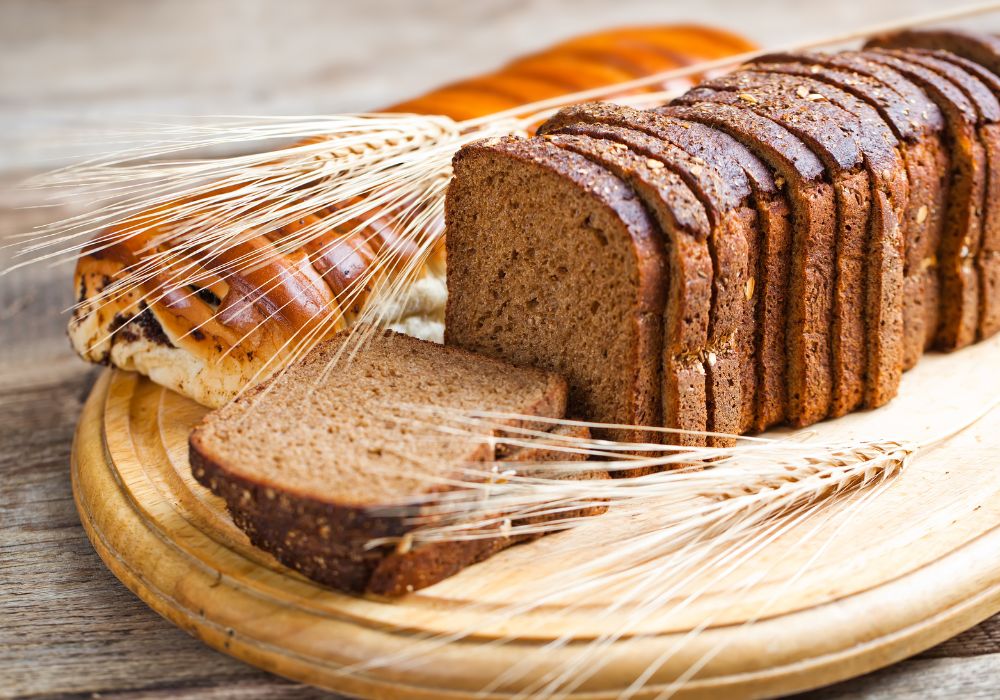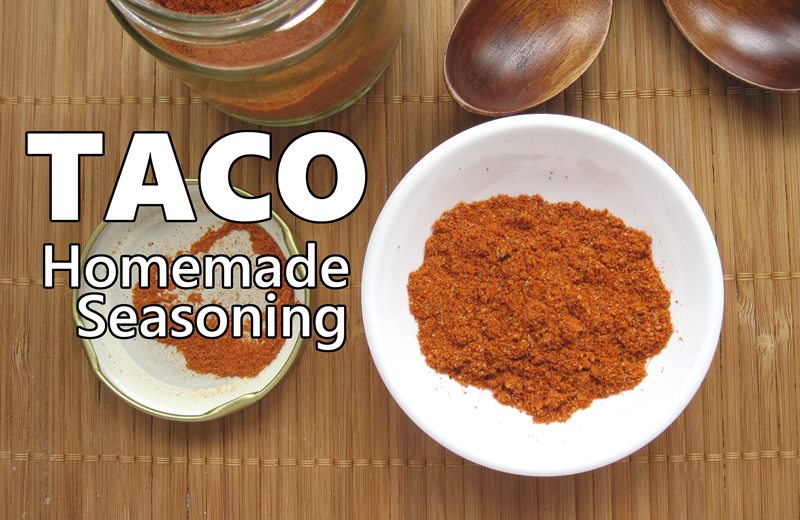Guide to Gluten-Free Ezekiel Bread: Have you ever heard of Ezekiel bread? How is it different from the normal bread we usually have for our breakfast?
Table of Contents
Ezekiel bread is a unique type of sprouted grain bread made from a mix of whole grains, legumes, and sometimes seeds. Its name comes from a passage in the Book of Ezekiel (4:9), which mentions a specific combination of ingredients.
But hold on – I know what you’re thinking, “That’s great, but I can’t have gluten!” Don’t worry, we’ve got you covered with a gluten-free version that still delivers all the nutritious goodness of the original.
Understanding Gluten-Free Grains and Legumes
First things first, let’s talk about the star players of our gluten-free Ezekiel bread: the grains and legumes. Gluten-free grains such as brown rice, millet, quinoa, and amaranth will be replacing the gluten-containing grains from the traditional Ezekiel Bread recipe.
And for legumes, we’re going to use gluten-free options like lentils, chickpeas, or beans. Sprouting these grains and legumes unlocks a ton of nutrients, making our gluten-free Ezekiel bread even more beneficial for your health.
Comparing traditional Ezekiel bread with gluten-free Ezekiel bread, highlighting the main differences and similarities:
| Feature | Traditional Ezekiel Bread | Gluten-Free Ezekiel Bread |
|---|---|---|
| Main Ingredients | Wheat, barley, spelt, millet, lentils, soybeans | Brown rice, millet, quinoa, amaranth, teff, lentils, chickpeas, beans |
| Gluten Content | Contains gluten | Gluten-free |
| Sprouted Grains & Legumes | Yes | Yes |
| Nutrient Density | High | High |
| Suitable for Vegans | Yes | Yes |
| Dietary Fiber Content | High | High |
| Added Sugars & Preservatives | No | No |
| Taste & Texture | Dense, nutty flavor, and chewy texture | Slightly different due to absence of gluten, but still delicious |
This table summarizes the key aspects of traditional Ezekiel bread and gluten-free Ezekiel bread.
Making Gluten-Free Ezekiel Bread at Home
Now, let’s get started and make some bread! I’ll share a simple recipe for gluten-free Ezekiel bread, but feel free to get creative and add your own twist.
A basic gluten-free Ezekiel bread
- Gather your ingredients – gluten-free grains, legumes, water, salt, and any optional add-ins (seeds, nuts, dried fruits).
- Sprout those grains and legumes – soak, rinse, and drain them until they start sprouting little tails.
- Prepare and bake the bread – grind the sprouted grains and legumes into flour, mix in the other ingredients, shape the dough, and bake until it’s golden and delicious.
If you’re new to gluten-free baking, don’t fret! I’ll share some tips for success and suggest variations to make your gluten-free Ezekiel bread uniquely yours.
B Tips for Making Gluten-Free Ezekiel Bread:
- Choose fresh, high-quality ingredients: To ensure the best results, always opt for fresh, high-quality grains, legumes, and other ingredients when making your gluten-free Ezekiel bread.
- Follow the recipe closely: Pay attention to the measurements and instructions in the recipe to guarantee the right balance of ingredients and achieve the desired taste and texture.
- Allow time for sprouting: Be patient and allow the grains and legumes to sprout adequately, which typically takes about 2-3 days. This will enhance their nutritional value and improve the bread’s texture.
- Monitor baking time and temperature: Keep an eye on your bread while it bakes to avoid overcooking or undercooking. Oven temperatures may vary, so be prepared to adjust the baking time as needed.
- Experiment with different gluten-free grains and legumes: Don’t be afraid to try various combinations of gluten-free grains and legumes to find the perfect blend that suits your taste preferences.
C Suggested Variations and Optional Additions:
- Seeds: Enhance the texture and flavor of your gluten-free Ezekiel bread by incorporating seeds such as sunflower, pumpkin, sesame, flax, or chia seeds.
- Nuts: For added crunch, consider mixing in nuts like almonds, walnuts, pecans, or hazelnuts.
- Dried fruits: Give your bread a hint of natural sweetness by adding dried fruits like raisins, cranberries, apricots, or dates.
- Herbs and spices: Customize the flavor of your Ezekiel bread by incorporating herbs and spices such as rosemary, thyme, cinnamon, or nutmeg.
- Sweet or savory add-ins: Depending on your preferences, you can experiment with sweet add-ins like chocolate chips or coconut flakes, or savory options like olives or sun-dried tomatoes.
Remember, the key to creating the perfect gluten-free Ezekiel bread is to have fun experimenting with different ingredients and flavors. Enjoy the process and try to make it uniquely yours!
Related: Sprouted Gluten-Free Ezekiel Bread: Authentic Recipe
Sprouted grain bread is made from whole grains that have been allowed to germinate or sprout before being milled into flour and baked into bread.
Health Benefits of Gluten-Free Ezekiel Bread
gluten-free Ezekiel bread boasts a ton of health benefits. It has a similar nutritional profile to traditional Ezekiel bread, but without the gluten, making it perfect for those with gluten sensitivities. Plus, it is a nutrient-dense, whole-grain bread that can do wonders for your overall health.
Fun and Creative Ways to Enjoy Gluten-Free Ezekiel Bread
Your freshly baked gluten-free Ezekiel bread can be the star of the show in many different dishes. Jazz up your sandwiches, slather on your favorite spreads, or use it as a base for pizza crust or bread pudding. The possibilities are endless!
The Bottom Line
Wheat is one of the main ingredients in traditional Ezekiel bread that are available on many supermarket shelf and health food store. It’s important to note that classic Ezekiel bread is not gluten-free. Although the sprouting process does reduce gluten levels somewhat, it doesn’t eliminate them completely.
If you are gluten intolerant, you may follow our guide above on making your own version of gluten-free Ezekiel bread. By doing so, you’ll be able to enjoy the health benefits of Ezekiel bread while catering to your specific dietary needs.
FAQs for Ezekiel Bread
Is traditional Ezekiel bread gluten-free?
Traditional Ezekiel bread is not gluten-free, as it contains either wheat, barley, or spelt. Follow our gluten-free version and replaces those grains with gluten-free alternatives.
Can I purchase gluten-free Ezekiel bread at a store, or do I have to make it myself?
Some specialty stores might carry gluten-free Ezekiel bread, but making it at home allows you to customize the recipe.
How do I properly store sprouted grains and legumes?
Store sprouted grains and legumes in an airtight container in a cool, dark place.
How long does it take to make gluten-free Ezekiel bread from scratch?
The time it takes to make gluten-free Ezekiel bread depends on the sprouting process which usually takes 2-3 days for grains and legumes. After that, preparing and baking the bread takes around 1-2 hours.
What is the origin of the name “Ezekiel bread”?
The name “Ezekiel bread” comes from the Bible, specifically the Book of Ezekiel (4:9), where the specific combination of grains and legumes is mentioned. It is said to have been consumed by the prophet Ezekiel during the Babylonian exile.
What makes Ezekiel bread different from other types of bread?
The main difference is that Ezekiel bread is made from sprouted grains and legumes while traditional bread is made from unsprouted grains.
Is Ezekiel bread suitable for a vegan or vegetarian diet?
Yes, Ezekiel bread is plant-based and it is suitable for both vegan and vegetarian diets.
How should I store Ezekiel bread to maintain its freshness?
Due to the lack of preservatives, Ezekiel bread is best stored in an airtight container or bag in the refrigerator or freezer to extend its shelf life. It should be able to last up to a week in the refrigerator and up to a few months in the freezer.





